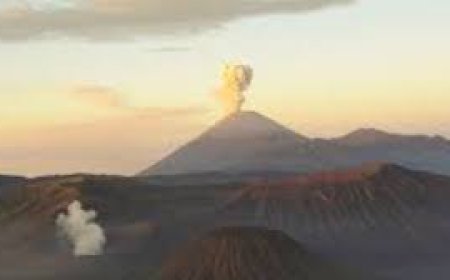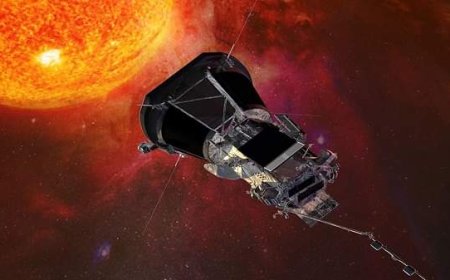A destructive object hidden in the universe is a black hole!
The most mysterious, destructive and powerful object in this vast universe is the black hole. There is a misconception that every star turns into a black hole at the end of its life cycle. But space scientists have found through intensive research and observation that in order to turn into a black hole, a star must be a powerful star with at least 20 times the mass of the Sun at the center of our solar system.

And such supergiant stars with high mass basically explode at the end of their life cycle and their debris falls back into themselves. Scientists estimate that then the density of that supergiant star reaches an almost infinite level. Then it becomes a black hole as its final state or consequence according to the laws of nature or physics.
The black hole hidden throughout the universe is such a mysterious object in this infinite universe, due to the influence of its gravitational force that nothing else or even a bit of light can come out of it. Scientists generally divide black holes into three categories according to their mass. Which are stellar-mass, supermassive and intermediate-mass black holes.
Although it is not yet possible to invent the technology to directly detect the giant black hole hidden in space, there is a rotating disk of gaseous matter in the very distant places of the galaxy or around the central black hole, which is called an accretion disk. And the black hole starts to pull stars and gaseous matter and other objects from its surroundings into itself at a high speed.
Moreover, all the objects around it start to rotate in a spiral shape around it before falling into the black hole. Moreover, due to the high speed of rotation, there is a huge collision between the objects in the disk and because of this, a huge amount of heat energy and extremely bright light radiation are created. Which is again called 'quasar' in scientific language. Scientists try to find the existence of black holes by detecting this 'quasar'.
Meanwhile, one such supermassive black hole in the center of our Milky Way galaxy is Sagittarius A. Its mass is incredibly estimated to be approximately 4,297,000 times more than the sun. However, it turns out that this is not the largest and most massive black hole in the universe. In fact, there are destructive objects thousands of times more massive and vastly larger than it.
Around 2023, scientists claimed that the black hole in Sagittarius A at the center of our Milky Way galaxy is rotating at full speed. And because of this, space and time are changing very rapidly in the area around the black hole. This is a condition that scientists have named the 'lens-throwing effect'. In this regard, Ruth Daly, a professor of physics at Penn State University, said that the 'lens-throwing effect' occurs when a black hole changes space-time with its intense rotation.
However, scientists have recently detected the existence of a very powerful ultra-supermassive black hole using the high-tech Event Horizon Telescope (EHT) space telescope. Its incredible size and mass have created a huge stir in space science. Scientists have named it the Phoenix-A Ultra-Supermassive Black Hole. According to their estimates, its mass may be approximately 100 billion times greater than our sun.
On the other hand, another supermassive black hole, TON-618, discovered by scientists may have a mass of about 66 billion times that of the Sun. The black hole in Phoenix is currently located in the Phoenix Cluster Group, 5.8 billion light years from our solar system, and its diameter may be approximately 366 billion miles. Although this information is an observation and research prediction by scientists, there is no room for criticism.
(Information and images collected)
Sources: - Wikipedia, NASA, Space.com, Event Horizon Telescope, World Atlas.


















































